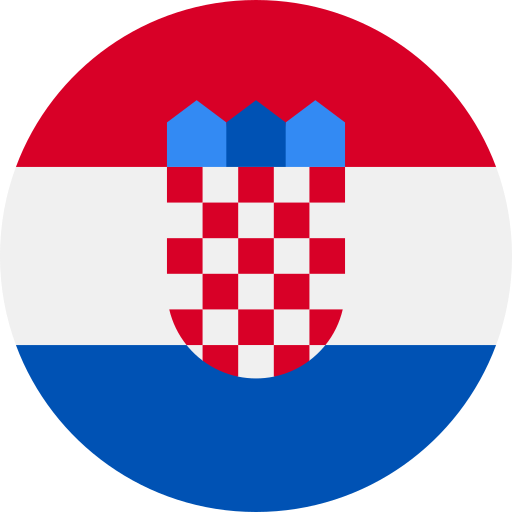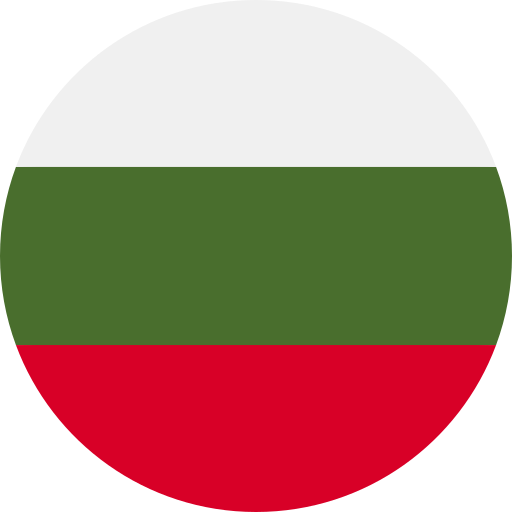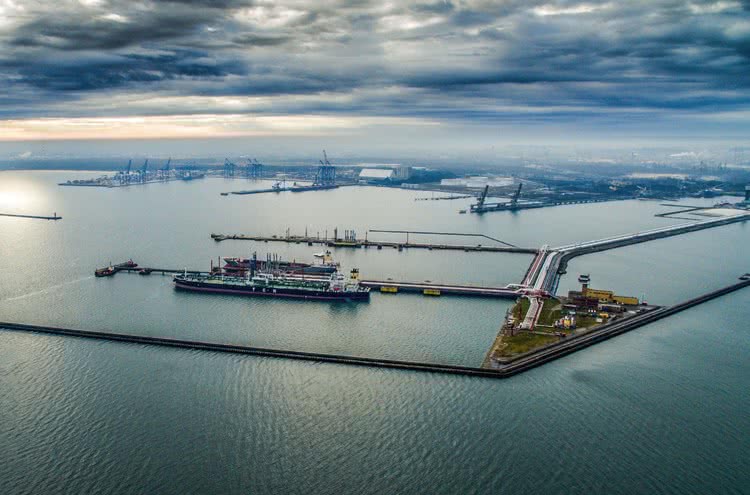Poland has officially launched a major expansion of its Naftoport terminal in Gdańsk, a project that may reshape the energy map of Central and Eastern Europe. This investment is not merely national - it signals Poland’s ambition to become a regional energy hub for the broader Intermarium space, reinforcing resilience and independence in a geopolitically volatile region.
Key Facts About the Expansion
-
On 13 November 2025, Naftoport and the Port Authority of Gdańsk (ZMPG) signed a contract with the Polish construction company Doraco to build a sixth unloading berth
-
The total cost of the expansion is 455 million PLN (net).
-
The new berth will increase the terminal’s capacity by approximately 9 million tonnes per year, bringing total throughput to 49 million tonnes annually.
-
The “W” berth will be capable of handling VLCC-class tankers (Very Large Crude Carriers) — over 300 m in length and with a draught of up to 15 meters.
-
Construction includes a new quay, pipeline gantries, access roads, technical infrastructure, and environmental protection systems.
-
The project is scheduled to be completed in the second half of 2028.
Geopolitical and Regional Significance
Strengthening Central and Eastern Europe’s Energy Independence
Naftoport is not just a terminal for Poland — it plays a pivotal role in the energy infrastructure of Central and Eastern Europe (CEE). As Russia’s traditional energy dominance in the region recedes, the ability to import crude oil by sea becomes a critical lifeline. The expansion helps Poland reduce its reliance on pipeline imports and provides a secure maritime alternative.
By boosting capacity, Poland solidifies its role as a key energy anchor for the Intermarium region — the informal alliance of Central and Eastern European countries that seek closer economic and strategic integration. Through Naftoport, Poland can support not only its own refineries in Gdańsk and Płock, but also supply neighboring countries.
A “Baltic Energy Hub” in the Making
Officials such as Deputy Infrastructure Minister Arkadiusz Marchewka emphasize that the Baltic Sea’s importance in energy security is growing. The expansion is part of a broader vision where Gdańsk becomes a Baltic energy hub — not only for crude oil but also for future energy forms.
This vision is supported by complementary projects:
-
A floating LNG (FSRU) terminal is planned in the Gulf of Gdańsk, which would facilitate gas imports.
-
A marine-wind-farm installation terminal is under development, connecting the port to green energy infrastructure.
-
Poland also plans to use the port for the first nuclear power plant components, shipping large modules by sea.
Resilience Against Geopolitical Risk
The expansion is being framed by Polish authorities as a “geopolitical insurance policy.”With the current strategic environment — especially after Russia’s war in Ukraine — the capacity to receive large tankers independently of land-based pipelines is a major safety upgrade. Naftoport’s growth provides a buffer against supply disruptions and underscores Poland’s drive to lower its exposure to energy coercion.
Intermarium Impact: More Than Just Poland
From the Intermarium perspective, Naftoport is a cornerstone of a more integrated energy architecture. As Poland strengthens its import and transport capacity, it opens the door to future regional energy collaboration:
-
Baltic States (Lithuania, Latvia, Estonia) could potentially draw on Gdańsk for crude and refined products, especially in crisis scenarios.
-
Central Europe: Slovakia, Czechia, and other neighboring countries could benefit from Poland’s enhanced throughput capacity.
-
Southeastern Europe and other NATO/EU allies might also see Poland as a reliable re-export hub, especially as maritime logistics become more resilient than land routes.
This is not just about making Poland safer — it’s about making the entire Intermarium more self-reliant and strategically robust.
Strategic Long-Term Vision
Naftoport’s leadership is already thinking far ahead. According to Daniel Betke, President of Naftoport, the company is preparing for future fuels — hydrogen, bio-methanol, or ammonia could one day pass through the expanded terminal. This aligns with broader European energy transitions and ensures the port’s relevance in a decarbonizing world.
Furthermore, think tanks argue that Gdańsk’s deepwater capacity and energy infrastructure place it as a potential Generation-5 seaport — not just for oil, but for green and blue economies. (Centrum Balticum)
Conclusion
The expansion of Gdańsk’s Naftoport is much more than an infrastructure upgrade — it is a geostrategic move by Poland to anchor itself at the heart of a regional energy network. In the context of the Intermarium, this project helps build a more autonomous, resilient, and integrated energy architecture in Central and Eastern Europe. It embodies Poland’s ambition to not only secure its own energy future, but also to be a hub for its allies — turning the Baltic Sea into a corridor of strength and stability.
This is a summary version of the article, created for a quick overview of the most important information. To fully understand the topic and get all the details, we encourage you to read the full version.
The full article and the original source are available at the link below:
Read the full article on strefabiznesu.pl














No comments yet. Be the first one!